As a traveler first and photographer second I always hated using a tripod. The weight of the equipment, the lack of flexibility sometimes took away the joy of photography as it should be, at least for me. So I used the tripod only and only when I had to, proffering to get more noisy images rather than get stuck in a place with a camera.
When last month I finally switched from full frame to an Olympus camera with incredible image stabilization I found again what was lost in the process. The joy of photography without the burden. Given the new possibilities I started to experiment, pushing the boundaries of what was possible or even thinkable and I ended up with things unheard of until this point, like handheld astrophotography and exposures of one minute without a tripod and without even leaning on anything. I started to experiment with things like just taking the camera out of the car window and doing instantaneous long exposures.
For the really long exposures I use a technique of taking a lot of shorter exposures (for example 80 images of o.5 seconds each, in burst) and stacking them in Photoshop, giving the same effect as I would with a tripod and a 40 seconds exposure, but with the added possibility of selecting afterwards the exposure time. I treat long exposures like videos. And if you can stabilize a video you can stabilize a photo in Photoshop. And you do this by aligning the layers so even if I don’t have a steady hand it is not a problem.
More info: aurelm.com
An alien world
Using the technique of stacking 40 handheld shots I get incredible results without a polarizing filter or tripod, with the joy of photography as capturing a moment and not a waiting game being there.
A beautiful view
In a timeframe of just 3 minutes I can get tens of differed shots around a subject instead of just one.
Stardust
When I took a photo trip in in Tenerife last month, I took it as a challenge to see if using a f0.95 lens combined with the image stabilization of a camera and a 4 seconds exposure would do the trick. It did.
Shapes and stars
Again a 4 seconds handheld exposure from Teide in Tenerife.
Burning
Waves usualy don’t need a very long exposure when you still want to show them as such. But it is still nice to give them some motion blur.
Shapes and stars
The milky way Images are more of a proof of concept of what the future bring. However I will try to explore this path and improve the images, play with the frames and the added flexibility.
The wave
While the panning waves were made with my previous camera it still showed how much I loved handheld long exposures.
Discovering gold
Hanging over cliffs can bring new types of photos that I fell in love with.
My city
60 seconds handheld from a bridge in Bucharest. Just got out of the car and did this as the first experiment with stacking.
Part of the whole
This is one of the 100 shots used in the bidge long exposure.
Driving around
Long exposure from the car.
Last words
Not afraid of waves anymore, without tripod I can just retreat the camera when the waves hit.
Volcano
One of the many shots I managed to get from the 3 minute sunset.
Surfing in the dark
I love the effect of panning shots of waves. At night it becomes even more spectacular.
Surf’s up 2
Not that long exposure, but enough to motion blur anything else but the wave.
3Kviews
Share on Facebooklovely works. Most of the time you will carry the camera more than with tripod. thanks for sharing
Would be some impressive shots even with a tripod, but handheld that is incredible. Well done!
lovely works. Most of the time you will carry the camera more than with tripod. thanks for sharing
Would be some impressive shots even with a tripod, but handheld that is incredible. Well done!

 Dark Mode
Dark Mode 

 No fees, cancel anytime
No fees, cancel anytime 
























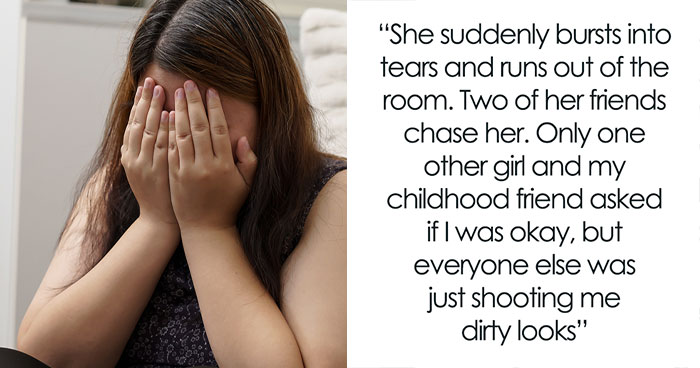


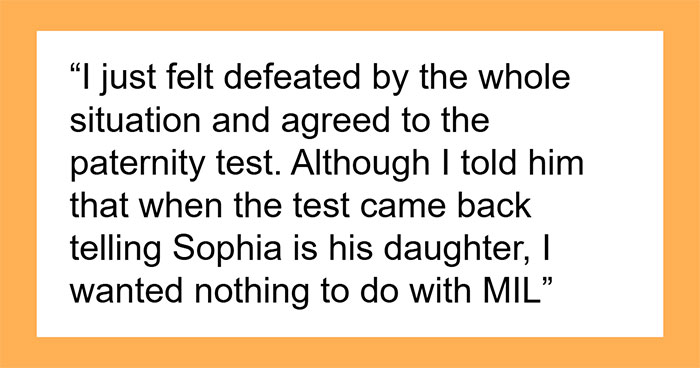
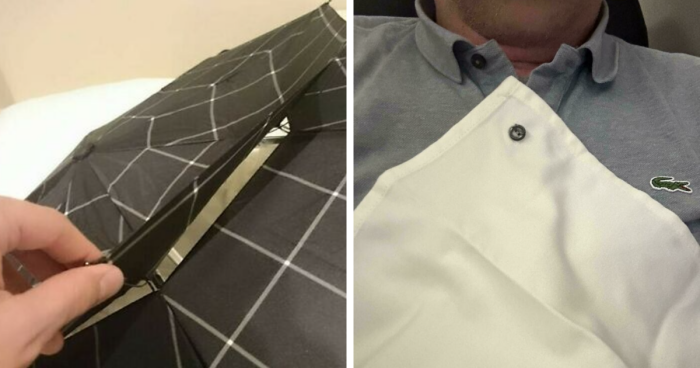
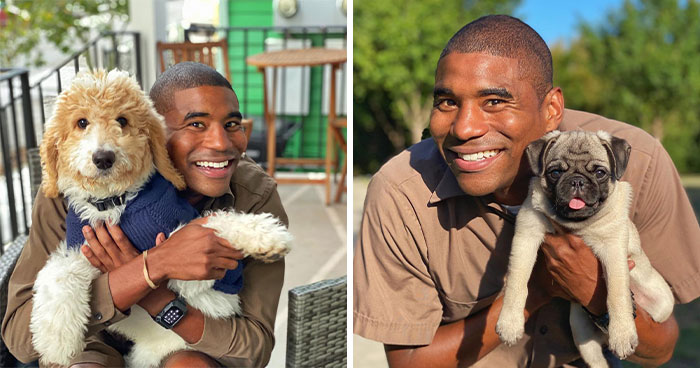

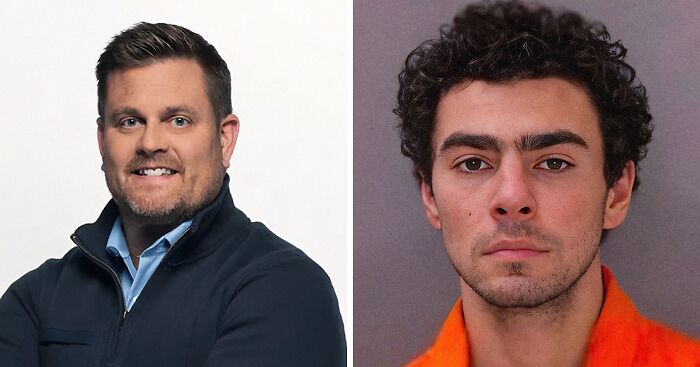


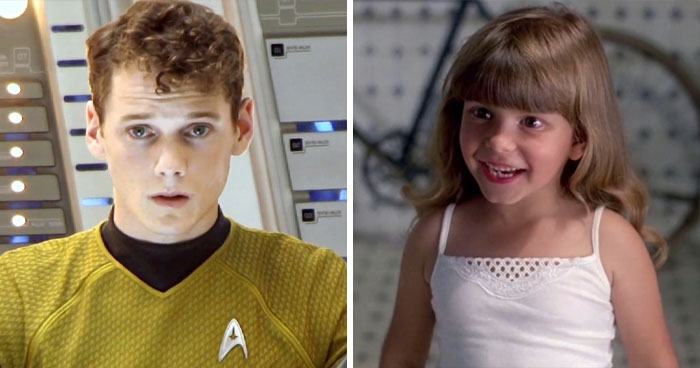



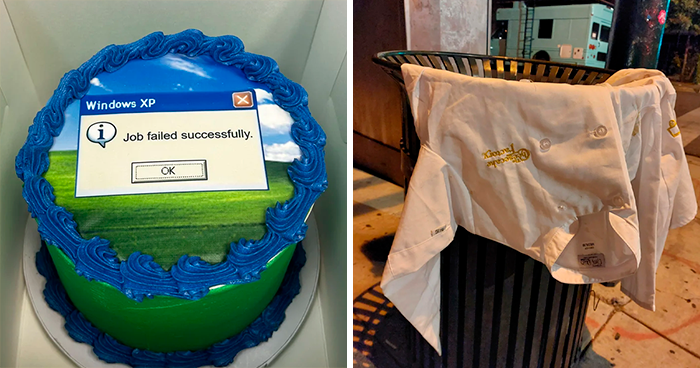
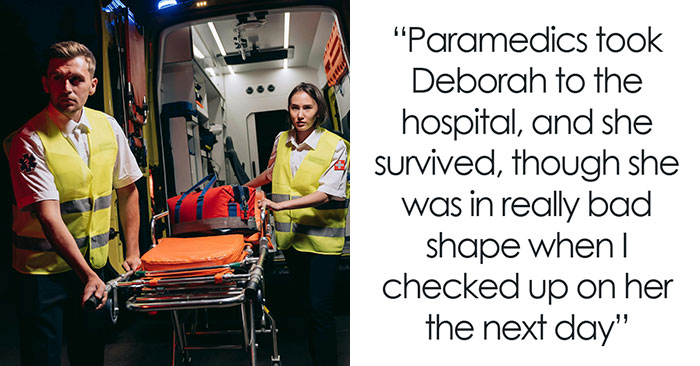

34
4